Grapplers and Jiu Jitsu athletes are constantly on the lookout for new ways to enhance their performance and faster recovery. Have you ever wondered if there's a simple way to shorten the time required for post-game muscle recovery? Is it possible to reduce muscle fatigue safely and effectively to enhance performance? Red light therapy is a non-invasive and risk-free therapy for boosting sportsman performance! Due to its potential benefits, it is loved by athletes. Red light therapy utility is popular among grapplers. After several sessions of red light therapy, it can make a significant difference in muscle performance, tissue repair, and recovery time!

Why is Red Light Therapy Best for Athletes?
As we know, red light therapy offers multiple benefits, such as preventing athletes from physically taxing, muscle strains, joint issues, and skin irritation. It offers multiple perks to grapplers:
ImprovesInjury Healing
Injuries are a common problem faced by athletes due to intense training periods. Red light therapy can speed up their healing process. For sports-related injuries like sprains, strains, and tendinitis, it does wonders. The red light penetrates deep into the injured tissues, thus promoting collagen synthesis, inhibiting the growth of excessive scar tissue, and aiding in cell regeneration. This helps repair the tissues faster, improves flexibility, and allows athletes to return to playing sooner than expected.
Intensifies Speed of Muscle Recovery
Muscle recovery is crucial to all athletes, and red light therapy can stimulate the mitochondria within your body cells to produce more ATP (ATP is the "energy currency"-the primary energy source for all cellular activities). By increasing ATP production, it can boost the energy available for tissue repair and cell regeneration, thereby accelerating the recovery process.
A study published in the Journal of Sports Medicine and Physical Fitness in 2017 concluded that red light therapy can improve endurance and muscular strength in athletes. Around 20 athletes (males) were involved in the study whose quadriceps muscles were treated with red light therapy both before and after training. Comparing the treatment group to a control group, the researchers observed significant improvements in muscle strength and endurance.
Strengthens joint mobility
Range of motion and flexibility are important factors in exercise. Red light therapy can help reduce pain, soreness, and inflammation in your body. After using red light therapy, athletes' range of motion was found to be increased. In addition to mobility exercises, stretching, and foam rolling, red light can also enhance recovery by improving joint flexibility and reducing muscle tension.

Increases Energy Levels
Athletes must possess high levels of energy and endurance if they are striving to fulfill their potential. That's where red light therapy steps in. It stimulates the mitochondria and increases the amount of energy (ATP) produced by our cells. This energy boost leads to better stamina, performance, and endurance.
Reduces Pain and Inflammation
Another potential benefit of red light therapy is to alleviate inflammation and pain. It helps treat chronic pain conditions in both muscles and joints. Intense training can cause inflammation and pain for athletes. Fortunately, red light therapy can make a big difference. Red light therapy has been shown to reduce oedema, oxidative stress markers, and pro-inflammatory cytokines, even though the precise cellular signalling pathways causing the anti-inflammatory action are not fully understood.
Elevate Sleep Quality
Red light therapy supercharges your cell's mitochondria with visible red and near-infrared light. Cells need a surplus energy supply to make more core ATP (adenosine triphosphate). Red light therapy treatments give your cells the extra boost of natural light they require to produce more adenosine triphosphate energy (or ATP). This helps your body run more efficiently and heal faster. It has the ability to stimulate melatonin and improve insomnia and fatigue.
Red light therapy irradiations have shown great sleep results in numerous peer-reviewed clinical studies. According to a study conducted on the sleep habits of professional basketball players. A two-week course of evening red light therapy increased the sleep quality of players even in the shortest time. Scientists agreed that red light therapy would be a good, non-invasive, drug-free treatment for sleep problems. Red light balances your body's circadian rhythm and repairs and strengthens your body's internal organs. Red light is the best way to improve sleep quality, reduce stress, and rejuvenate the body by regulating the body's natural sleep-wake cycle.
Conclusion
Red light therapy is a drug-free, non-invasive, and super-easy technique that is still relatively new for athletes, but it is FDA-approved, and clinical studies have demonstrated its safety and efficacy. Red and infrared light therapy is a well-studied therapeutic approach that has several advantages for athletes. Although much research has still been carried out, more research is needed that can point towards the conclusion that properly using red light therapy can lead to significant athletic outcomes in a shorter timeframe than training alone. From enhancing athletic performance and faster recovery to boosting energy and improving sleep quality, Bestqool red light therapy offers a plethora of benefits.
References
[1] Ferraresi, C., Huang, Y., & Hamblin, M. R. (2016). Photobiomodulation PBM in human muscle tissue: An advantage in sports performance? Journal of Biophotonics, 9(11-12), 1273.
https://doi.org/10.1002/jbio.201600176
[2] Hamblin, M. R. (2017). Mechanisms and the applications of the anti-inflammatory effects of photobiomodulation. AIMS Science Biophysics, 4(3), 337.
https://doi.org/10.3934/biophy.2017.3.337
[3] Heisskanen, V., & Hamblin, M. R. (2018). Photobiomodulation: lasers vs. light emitting diodes? Photochemical and photobiological sciences: Official journal of the European Association of Photochemistry and the European Society for Photobiology and Science, 17(8), 1003–1017.
https://doi.org/10.1039/c8pp90049c
[4] Zhao, J., Tian, Y., Nie, J., Xu, J., & Liu, D. (2012). Red light and the sleep quality and endurance performance of Chinese female basketball players. Journal of Athletic Training, 47(6), 673–678.
https://doi.org/10.4085/1062-6050-47.6.08
[5] Doherty, R., Madigaan, S. M., Nevill, A., Warrington, G., & Ellis, J. G. (2021). The Sleep and Recovery Practices of Athletes. Nutrients, 13(4), 1330.
https://doi.org/10.3390/nu13041330
Leal-Junior, E. C., Vanin, A. A., Miranda, E. F., de Carvalho, P.deT., Dal Corrso, S., & Bjordall, J. M. (2015). Effect of the phototherapy low-level laser therapy and light-emitting diode therapies on the exercise, performance and markers of recovery: a systematic review with meta-analysis. Lasers in medical science, 30(2), 925–939.
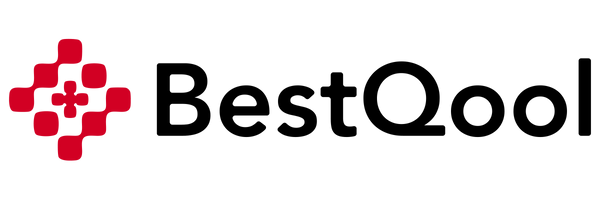


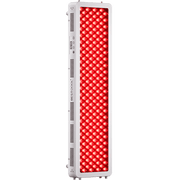
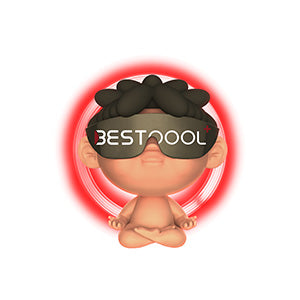








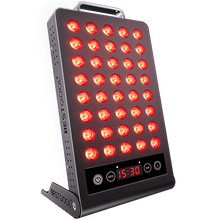
 Small
Small
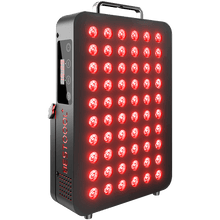
 Moderate
Moderate
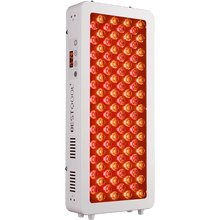
 Moderate
Moderate
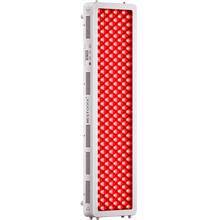
 Moderate
Moderate
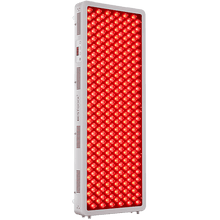
 Full
Full



